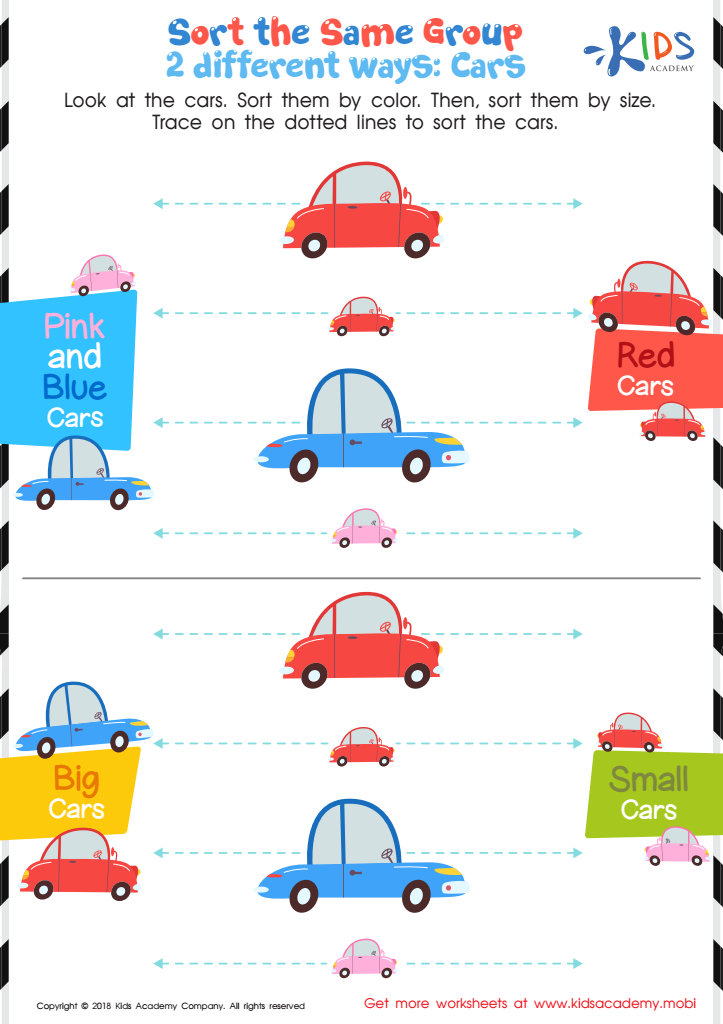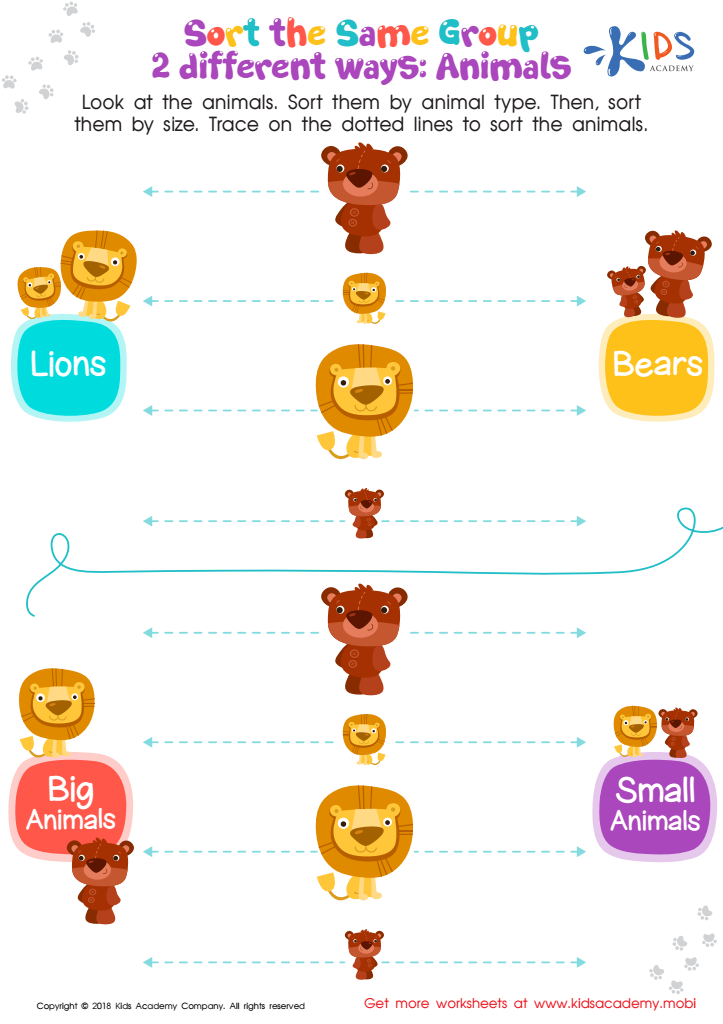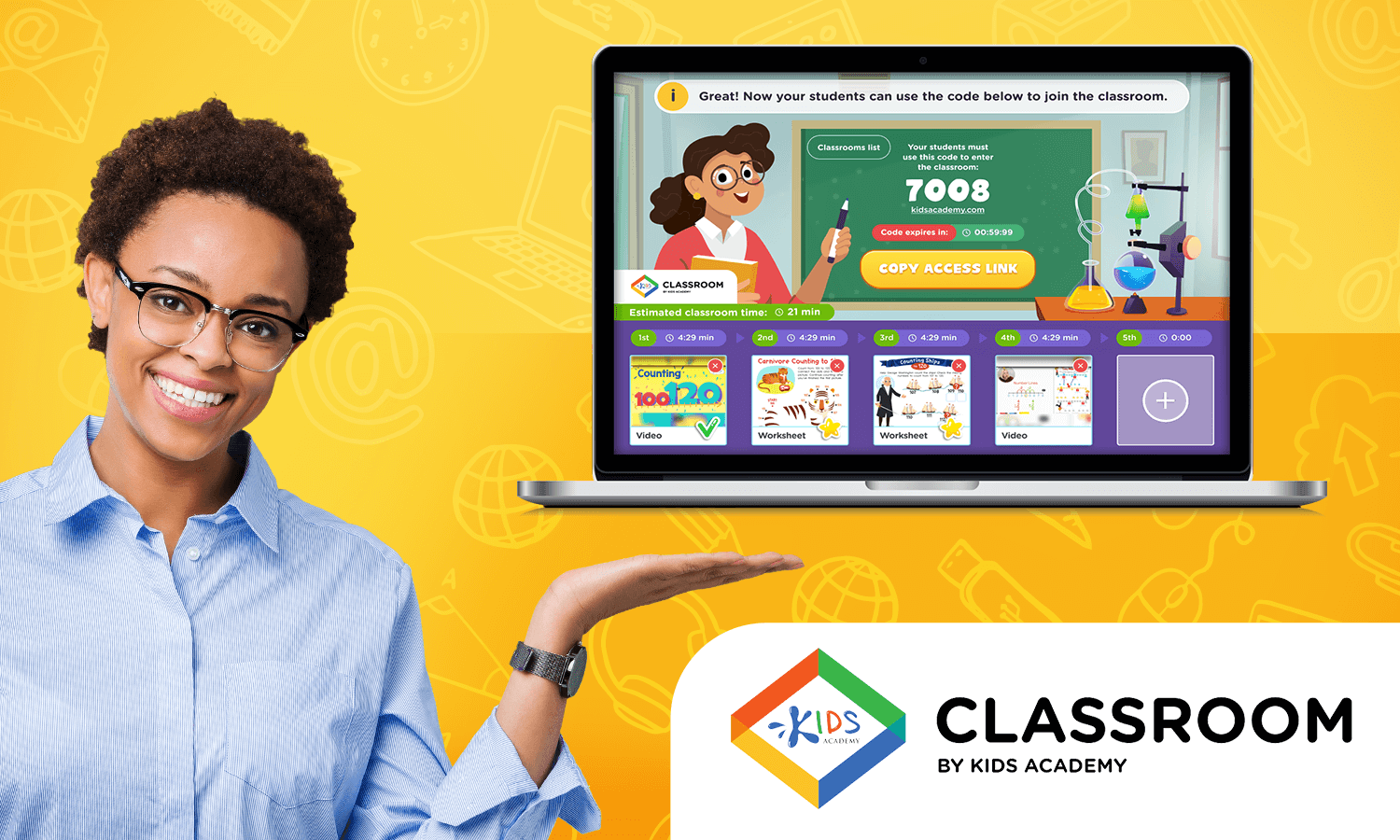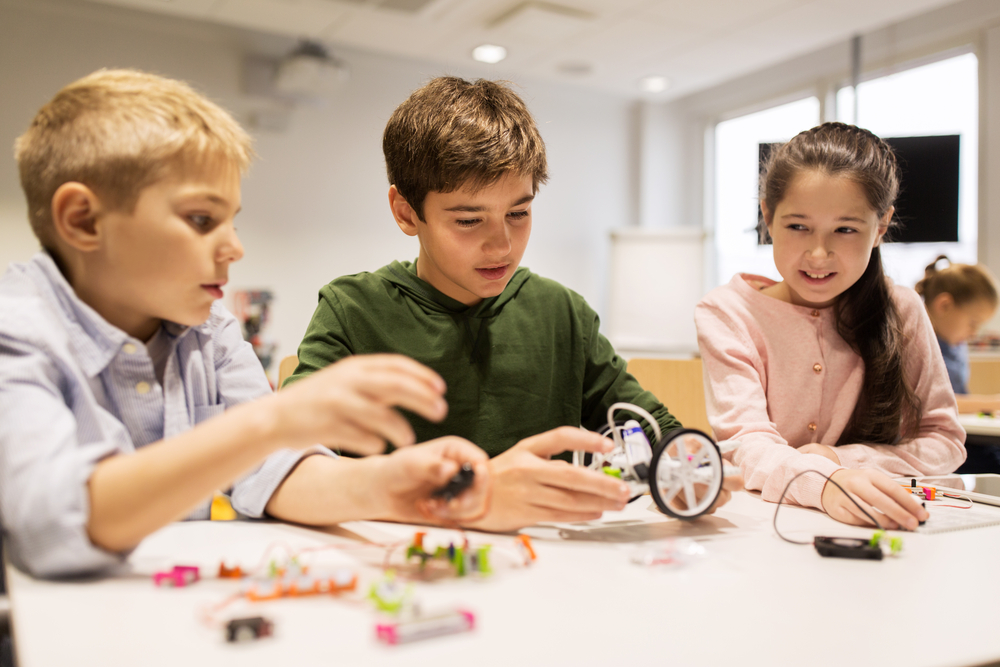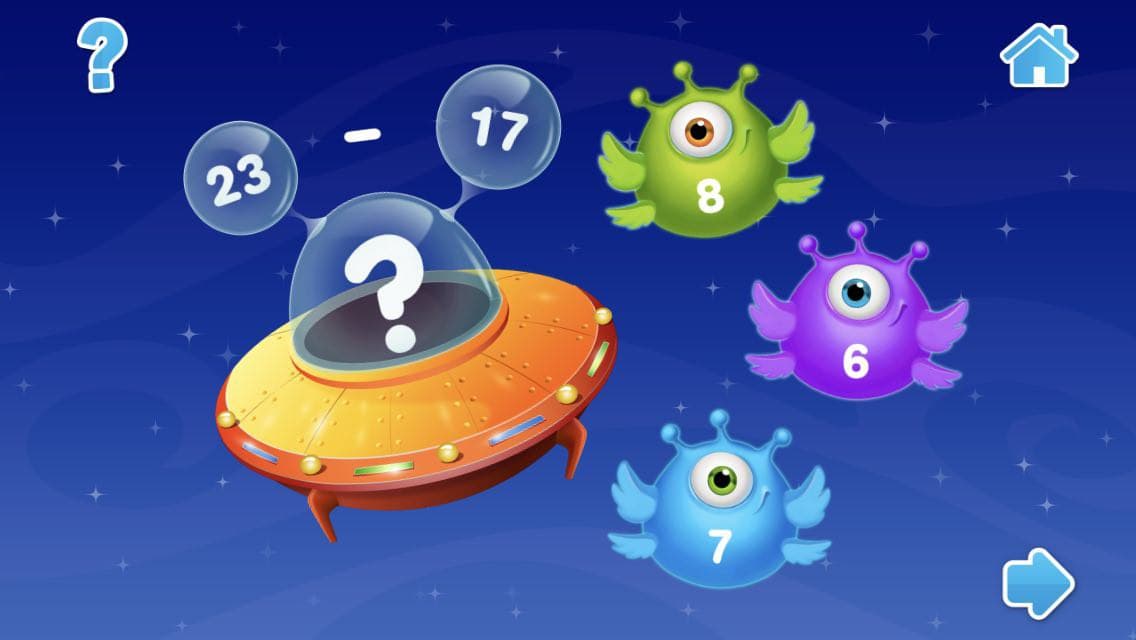Creative Ideas for Preschool Sorting and Matching Activities
Dec. 19, 2023
The human brain is an incredible thing! When babies are born into this world, they arrive with no real knowledge; they survive thanks to caregivers, reflexes, drives, and a seemingly unlimited potential to learn. In their first few months, they begin to categorize everything around them as they differentiate between family members and strangers and notice shapes and colors. Rarely do adults stop to think about the incredible feats an infant achieves in their earliest days and the foundation they build for all subsequent learning.
As infants grow into toddlers, they play matching and sorting games in earnest to learn more about the objects around them daily. A variety of commercially available toys inspire toddlers with their brightly colored blocks as they practice simple matching and sorting by categorizing colors, shapes, or sizes. This is just the beginning of a young child’s learning journey!
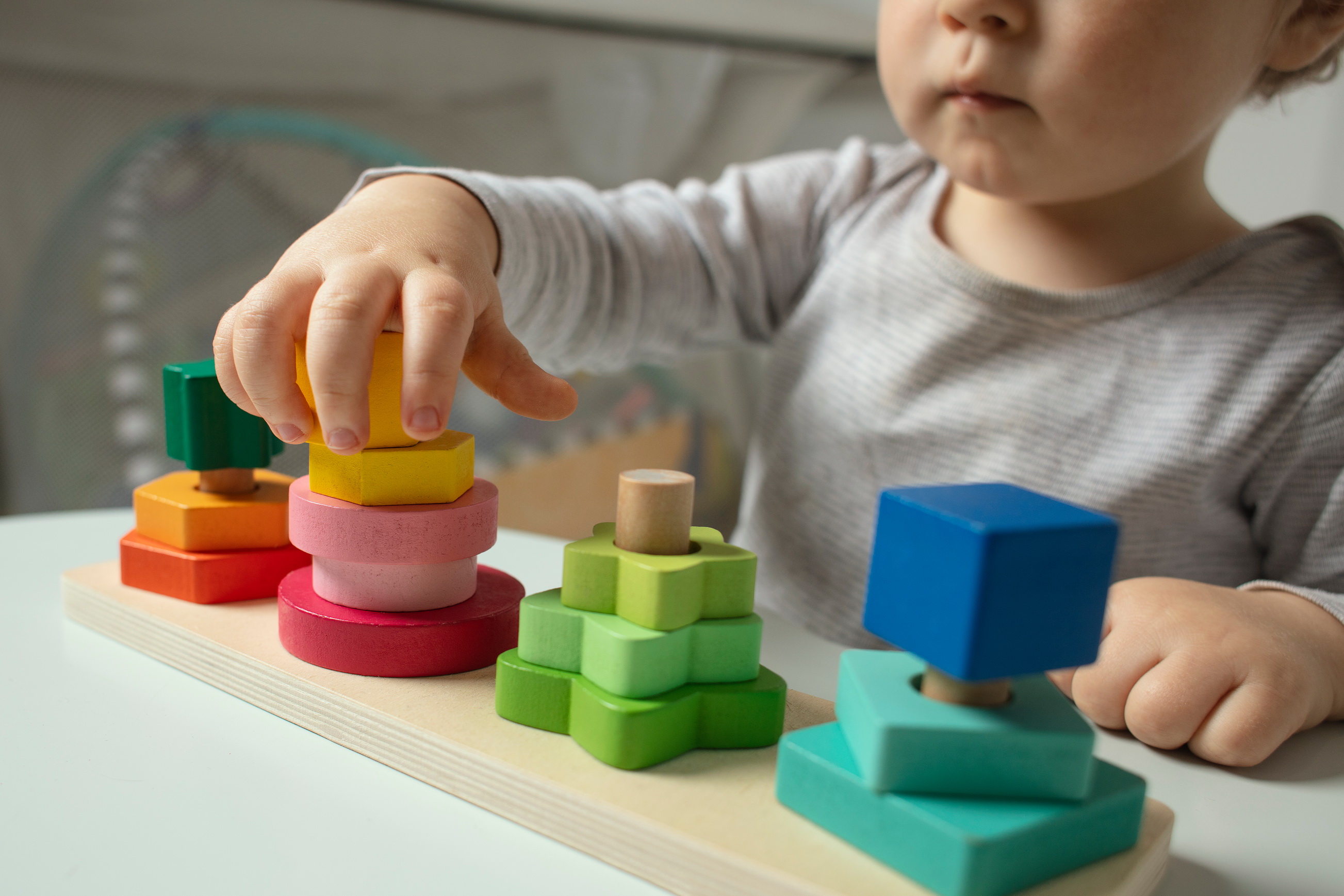
Preschoolers continue to refine their matching and sorting skills in a more complex way that leads to the early development of a wide variety of skills including:
- Math skills, like counting, comparison, and sequencing
- Visual perceptual skills, which involve memory, attention, and discrimination
- Logical reasoning skills as kids think about their choices
- Problem-solving skills, which build confidence and resiliency.
Sorting and matching activities serve such an integral role in a child’s early learning that parents, caregivers, and early childhood teachers should offer plenty of fun opportunities of varying complexity as kids grow older. But there’s only so many toys parents can buy. Luckily ideas for sorting and matching games don’t have to be bought; they can be created using items you already have around the house and learning can be reinforced and assessed using free matching and sorting resources from Kids Academy! Join us as we explore exciting options to incorporate more sorting and matching fun into your child’s learning.
Exciting and Enriching Ideas for Sorting and Matching Games
1. Set the stage for the learning process using videos from Kids Academy!
Most of the time when kids play, they don’t realize they’re learning. Showing short, educational videos can help your little learner make the connection between their play and the concepts they’re investigating. For example, this video introduces the idea of sorting objects by color. While watching, they learn many ways to categorize objects, including by size and shape. For this video, however, kids view vibrantly colored toys and learn to focus only on their color to sort them.
Educational videos are great for framing a concept in a friendly kid-appropriate way before challenging them with a match-and-sort game. Parents can think of it as a mini-lesson that jumpstarts their child’s thinking.
2. Continue the fun with a quick Play-Doh game.
Playing with Play-Doh is a favorite pastime for virtually every preschooler, and families will likely have it on hand at any given time. As a follow-up to the video above, simply get out each can of Play-Doh and enlist your child’s help to form one ball per color. Line up the colorful caps on a table, forming a few rows depending on how many colors there are. Ask your child to match each Play-Doh ball to the same-colored cap. Mix in some fine motor skills practice by using tongs to pick up and place each ball. Be careful not to squish the Play-Doh!
This activity is particularly versatile. It can easily be adapted to play sorting games that help preschoolers to discriminate between shapes and sizes. Simply form different shapes or sizes and ask kids to sort them from smallest to largest, or to match by shape.
3. Broaden your early learner’s knowledge and sort clothes items by season.
Children must learn to categorize much more than shapes, colors, and sizes. For older or more advanced preschoolers, allow them to help you organize their dresser drawer for the season! Pull out sweatpants, tank tops, fuzzy socks, scarves, or footwear like boots and sandals. Challenge learners to categorize each item by forming piles that include clothes from winter, spring, summer, and fall. Talk about the current season and which items would go best with the weather outside and why. Wrap up by tasking your child with determining which clothes and shoes should be stored, and those that should be kept in drawers for everyday use.
4. Head outdoors for hands-on practice with nature!
The sky is the limit when it comes to practicing matching and sorting outside! Go on a nature hunt to find multiples of different objects, such as rocks, leaves, sticks, acorns, or bird feathers. On the sidewalk or driveway, collect the items and group them. Try to find different sizes of the same items, too!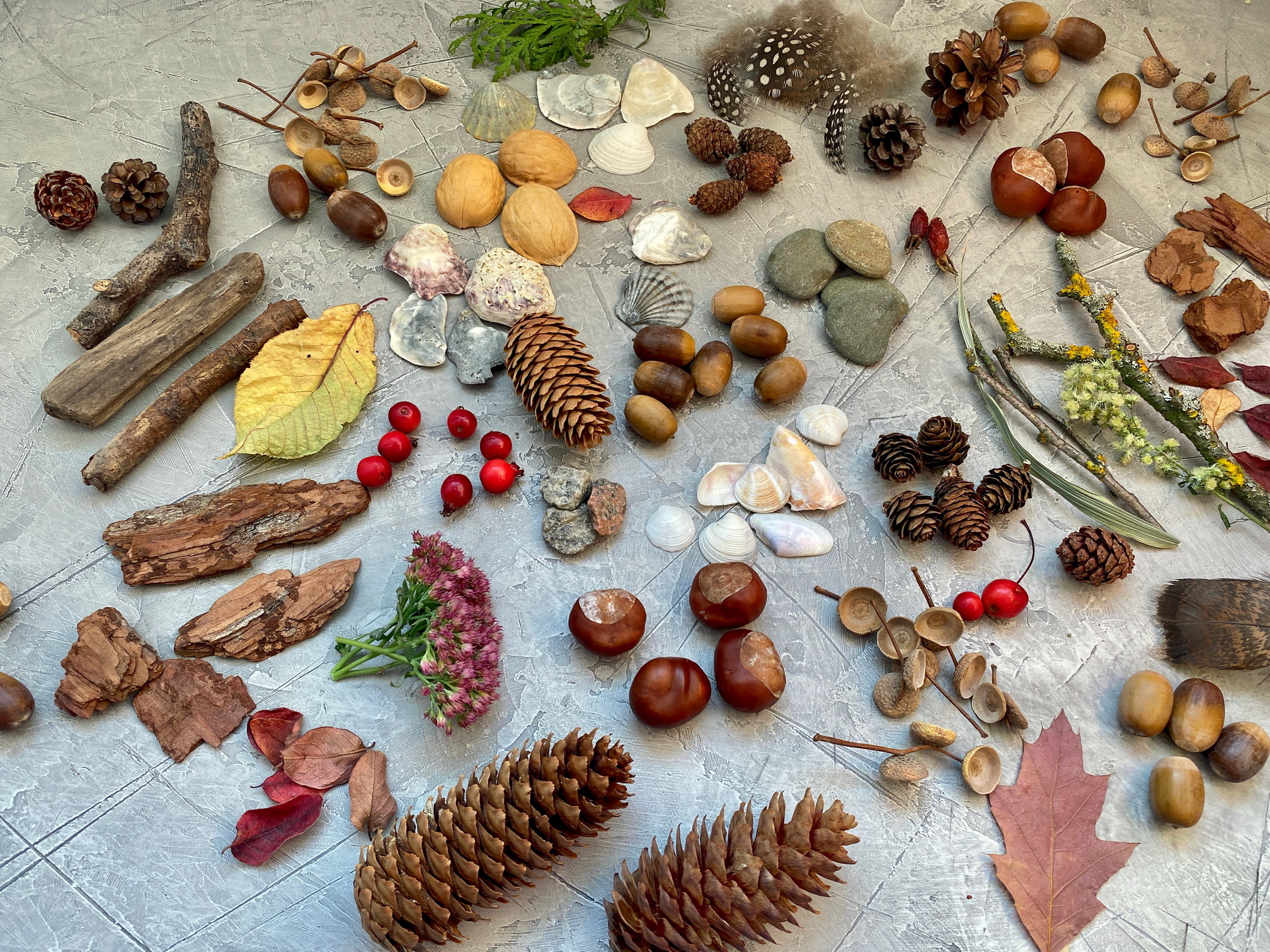
After collecting enough items head back to the collection and challenge kids to sort them in different ways. For example, ask them to sort by texture. They’ll be amazed that some rocks or leaves can be smooth, and others may be rough, jagged, or bumpy!
Make it an exciting game by inviting your child’s friend along to collect the same items. Challenge learners to sort them in different ways to see who can sort them the fastest!
5. Grab some fun pairs of socks for pattern-matching games.
Socks come in all sorts of fun designs and patterns, and what makes them so great for matching games is that they also come in pairs! For younger children, set out a paper plate for each pair of socks, and give them a pair of tongs to practice fine motor skills. Mix up the socks in a big pile and ask your child to begin matching them by placing a different pattern sock on each plate until they can match each pair together.
For older kids, challenge them to sort the socks, not by matching them, but in different ways, such as similar color, size, or texture. Some may be frilly, while others are fuzzy, and some may be very big if the mix of socks contains some of those from Mom and Dad!
6. Use Kids Academy worksheets to gain insight into how your child is progressing.
Worksheets can be a great tool for parents to use to gain a better understanding of what their child has mastered, and what concepts still need some work. While parents may be watching their kids match and sort when they play, printable worksheets serve as a quick way to objectively tell whether they are “getting it”.
For instance, this worksheet asks children to sort the cars in two different ways: by color and by size. This is difficult because to be successful, learners must demonstrate that they can look at the same pictures and switch modes of thinking. Likewise, this cute animal sort worksheet also challenges preschoolers to categorize the same pictures in two different ways. In doing so, parents can quickly observe their child’s progress and tweak his/her play to meet those needs.
No matter which sort-and-match games your child plays, keep in mind that this is a progressive skill that begins at birth. For toddlers, keep it simple and focus on color, shape, and size. For older preschoolers, increase their skills by mixing in patterns, textures, or types. As they approach kindergarten, free lessons, videos, and worksheets incorporate academic skills that relate to math, science, social studies, and reading. And don’t forget—no matter your child’s age or stage of learning, Kids Academy has you covered! Check out all our sorting and matching resources online at www.kidsacademy.mobi!
By Lori Toney,
ELA teacher and mother of three elementary students


